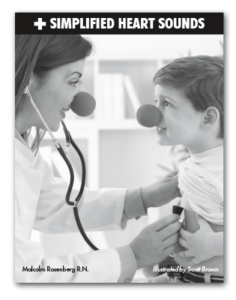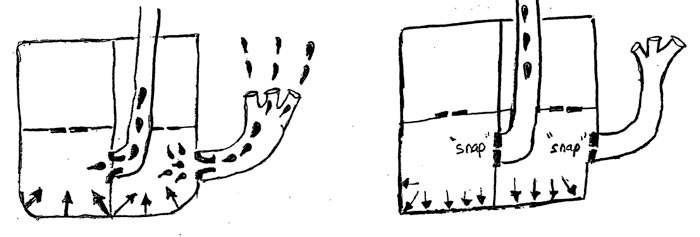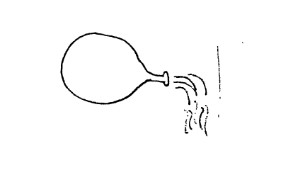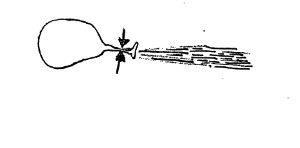 The sequence of events within an individual heartbeat as heard through a stethoscope.
The sequence of events within an individual heartbeat as heard through a stethoscope.
by Malcolm Rosenberg, RN
$7.95
I saw the need for Simplified Heart Sounds when I was studying for the CCRN test. Having worked in ICU and studied critical care I was generally familiar with the cardiovascular system. But questions on heart sounds stumped me. I just couldn’t absorb the facts of heart sounds. That dilemma inspired this pamphlet.
The answer to the problem was realizing that my cardiovascular knowledge was an overview of the whole system, contractility, volume, heart rate etc. But questions about heart sounds require an understanding of each individual heartbeat – which for the most part I had not thought about. So if you buy this pamphlet you will have to think a little differently.
There are about 50 discrete heart sounds. This book covers the 10 most important. It won’t make you a cardiologist. It will give you an appreciation of what happens within each heartbeat and how heart sounds are a window to those events.
Excerpt from Normal Heart Sounds Chapter, Section 1: “Lub Dub”
“Lub” The beginning of systole: after blood has been squeezed into the into the ventricles, the ventricles contract and the mitral and tricuspid valves snap shut.

“Dub” End of Systole: the blood has been pushed through the pulmonic valve and aorta, the ventricles have relaxed, the pulmonic and aortic valves snap shut.

Excerpt from Abnormal Heart Sounds
Murmurs – there are two types.
Stenosis If any of the four valves are too stiff to open completely the blood flowing through makes a sound (murmur). To get an idea of what you are hearing, let’s look at a water balloon.
If water flows out of a water balloon unrestricted, there is no noise.

If the opening is restricted it will make a noise.

Similarly, blood flows easily through normal heart valves. If the valves are stiff they do not open fully. The blood rushes through the narrowed orifice and makes a lot of noise.


